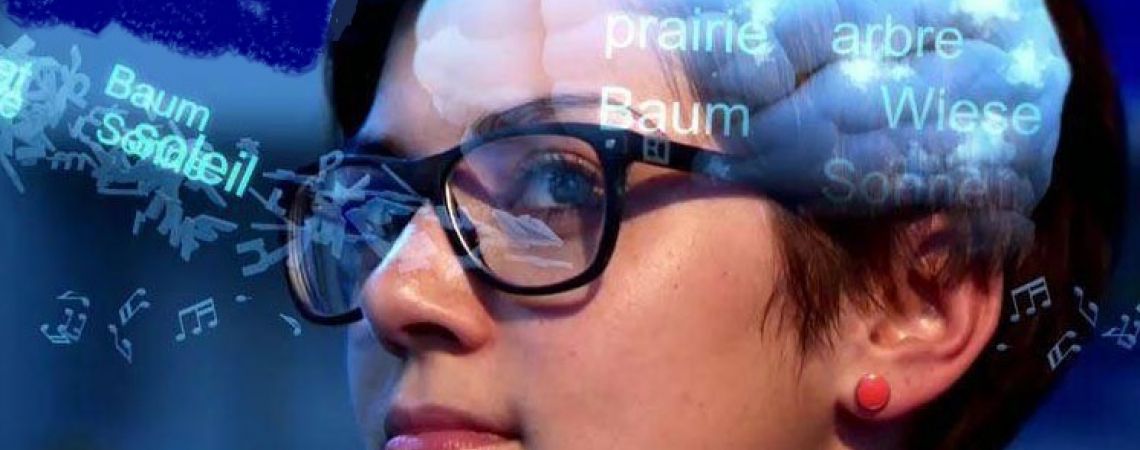Research teams
Cognition and social neuroscience
"Deepening the study of socially regulated cognition"
Perception and attention
"The perception of natural visual scenes and the recognition of familiar forms (letters, words, objects and handwriting)"
Developpement and cognitive agings
"Studying Development and Cognitive Aging"
Language
"To better understand the complex organization of language: its acquisition, its normal and pathological functioning, as well as its cerebral implementation"
Comparative cognition
"Better define the human cognitive processes through cognitions of other species"
Dernières publications
-
DeepWealth: A generalizable open-source deep learning framework using satellite images for well-being estimationSoftwareX2024
-
Semantic and syntactic predictions in reading aloud and visuo-motor statistical learning: an fMRI study in dyslexic students2024
-
Dirichlet process mixture model based on topologically augmented signal representation for clustering infant vocalizations2024
Partners
- Brain & Language Research Institute
- Institute of Language, Communication & the Brain
- Tremplin Carnot - Institut Cognition
News
-
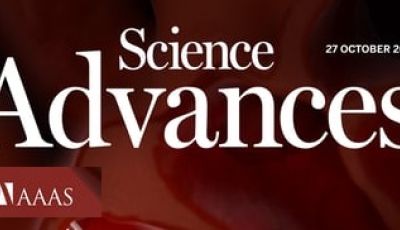 Guinea baboons are strategic cooperators
Guinea baboons are strategic cooperatorsHumans are strategic cooperators; we make decisions on the basis of costs and benefits to maintain high levels of cooperation, and this is thought to have played a key role in human evolution. In comparison, monkeys and apes might lack the cognitive capacities necessary to develop flexible forms of cooperation. We show that Guinea baboons (Papio papio) can use direct reciprocity and partner choice to develop and maintain high levels of cooperation in a prosocial choice task. Our findings demonstrate that monkeys have the cognitive capacities to adjust their level of cooperation strategically using a combination of partner choice and partner control strategies.
-
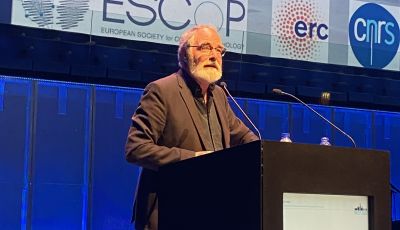 Broadbent Lecture
Broadbent LectureThe 23° ESCOP organization committee is proud to announce that Jonathan Grainger is awarded to give the Broadbent lecture et the 23rd ESCOP conference in Porto (https://escop2023.org/program/keynote-speakers)
-
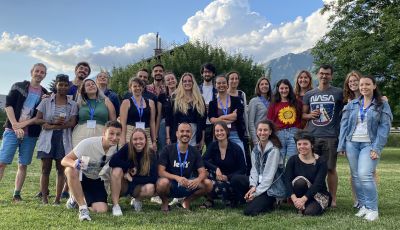 La retraite des doctorants
La retraite des doctorants -
 COMMENT APPRENDRE À LIRE EFFICACEMENT ?
COMMENT APPRENDRE À LIRE EFFICACEMENT ?Depuis plus de 4 ans, les chercheurs du Conseil scientifique de l’éducation nationale examinent de nombreuses pratiques pédagogiques afin de déterminer celles qui ont le plus de chances de fonctionner. La lettre du CSEN pour les enseignants, Le Passeur, vous livre les résultats de ces réflexions. C’est avec plaisir que nous vous faisons découvrir le dernier numéro consacré à l’apprentissage de la lecture. Vous souhaitant bonne lecture !
à voir absolument : https://www.youtube.com/watch?v=Vr0KWp9QDDw
-
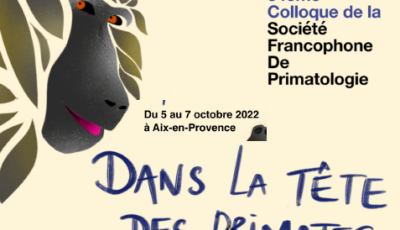 Dans la Tête des Primates
Dans la Tête des PrimatesNous vous souhaitons la bienvenue à Aix-en-Provence pour ce 34ème colloque de la Société
Francophone de Primatologie, intitulé « Dans la Tête des Primates ». Cette année, le colloque a été
organisé avec le Laboratoire de Psychologie Cognitive d’Aix-Marseille Université et la Station de
Primatologie de Rousset sur Arc, que nous remercions chaleureusement pour leur investissement
dans le Comité d’Organisation. Nous remercions également l’ensemble du Comité Scientifique pour
le travail d’évaluation des très nombreux résumés reçus et pour l’élaboration du programme. Nous -
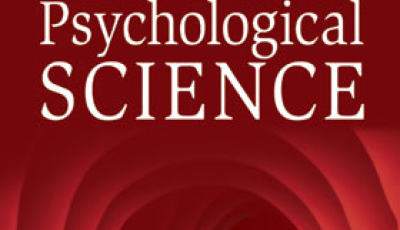 Two-Year-Olds’ Eye Movements Reflect Confidence in Their Understanding of Words
Two-Year-Olds’ Eye Movements Reflect Confidence in Their Understanding of WordsThe capacity to evaluate the reliability of one’s own decisions, beliefs and memories, i.e. confidence,
is critical in guiding inferential processes in many domains. Whether this capacity develops early
in the language domain is far less clear as previous research relied on verbal reports to assess
children’s ability to explicitly reason about their language understanding. Using a novel paradigm,
we provide evidence that the ability to estimate confidence in understanding language is present
by at least two years of age and thus, develops in tandem with language comprehension. Our -
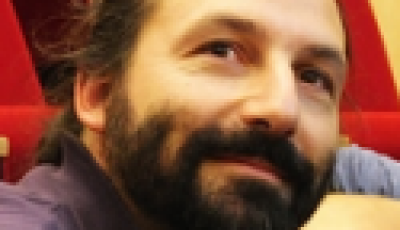 Talents du CNRS : Médaille bronze 2021
Talents du CNRS : Médaille bronze 2021Adrien Meguerditchian a obtenu la médaille de bronze du CNRS 2021
https://insb.cnrs.fr/fr/cnrsinfo/talents-cnrs-les-medailles-dargent-et-d...
Adrien s'intéresse aux propriétés des modes de communication de nos cousins les primates, et des signaux gestuels en particulier, et leurs liens avec certaines propriétés du langage humain. Je m’interroge notamment sur les implications du geste dans l’évolution du langage et de la prédominance des droitiers.
-
 Sciences Advances
Sciences AdvancesLa parole pourrait être plus ancienne qu’on ne le croyait. Depuis 50 ans, la théorie de la « descente du larynx » avance qu’une position basse du larynx est nécessaire pour produire des voyelles différenciées, préalable à l’apparition de la parole. Les singes, qui ont une anatomie du conduit vocal qui ressemble, pour l’essentiel des articulateurs (langue, mandibule, lèvres), à celle des humains, mais avec un larynx haut, ne pourraient pas produire de vocalisations différenciées.



